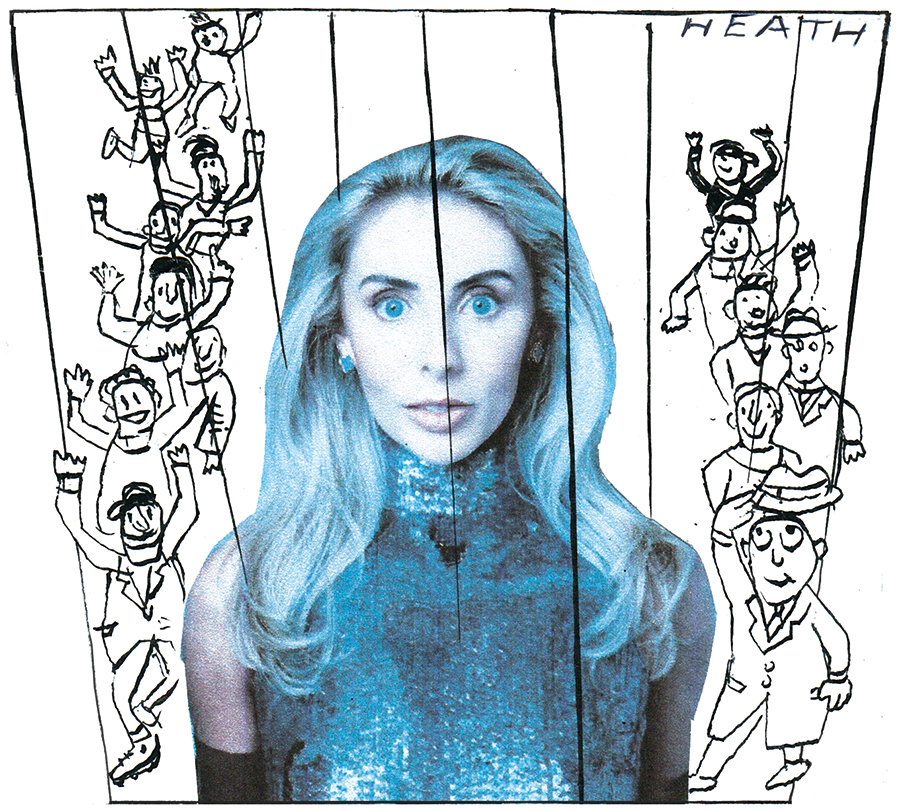Vladimir Putin is apparently open to a ceasefire in the war against Ukraine. But is he really? Just like that, the response that America, Ukraine and its Western allies had been waiting for has arrived. Speaking this afternoon in a joint press conference with Belarusian President Alexander Lukashenko, the Russian President commented for the first time on America’s proposal for a 30-day ceasefire in the conflict. ‘We agree with the proposal to stop military actions,’ he said. The truce, he said, should lead to ‘long-term peace and eliminate the root causes of the crisis’.
As with many statements which turn out to be too good to be true, the Russian President then followed this with a ‘but’: ‘There must be nuances,’ he added. What would happen during the ceasefire to the Ukrainian soldiers who remain on Russian soil in the Kursk region, which they had held successfully since August until earlier this week? How will things be dealt with along the front line, Putin asked, pointing out that ‘we are advancing almost everywhere’. How will the ceasefire be policed? Will Ukraine’s allies continue to arm it during that 30-day period?
Later today, Putin is meeting with US special envoy Steve Witkoff to discuss the ceasefire proposal already agreed to by Ukraine, as well as a number of topics relating to the bilateral relationship between Russia and America. No doubt, he and Putin will discuss the questions the Russian President raised. But if Witkoff thinks that his meeting with the Russian President will be a breeze and that Putin is serious about agreeing and sticking to a ceasefire with Ukraine, he should think again.
The ‘root causes’ of the crisis Putin referred to today as wanting to eliminate are exactly those which he has spoken of many times before over the past three years of war. The Kremlin has repeatedly demanded a change of regime in Kyiv to one that is more Russia-friendly, a ban on Ukraine joining Nato and the recognition of those territories annexed by Moscow as being legally Russian.
It is certain that Ukrainian President Volodymyr Zelensky will never agree to these conditions – although there is every chance that US President Donald Trump will apply pressure on him to. Indeed, Trump’s team have in recent weeks been parroting these lines exactly, calling on Zelensky to hold elections and US secretary of state Marco Rubio saying just two days ago that Ukraine would have to make territorial concessions to ‘prevent more suffering’.
Putin also knows that Ukraine will never agree to his maximalist demands of its own accord. There seems little prospect of the Russian President watering down his demands either. As such, the stage still seems set for Trump’s forceful truce plan to come crumbling down. The danger for Ukraine is that the Russian President will attempt to now flip the blame for wanting to continue the bloody conflict back onto Kyiv – a narrative Trump is at risk of falling for.
The truth is that while Russian troops are gaining ground in Ukraine and Kyiv’s soldiers remain on Russian soil, Putin has little incentive to agree to a ceasefire. If he does agree to a truce, there is no guarantee his ‘long-term peace’ would follow: thirty days would provide a convenient opportunity to rearm and replenish his troops before continuing to push further inland.
In the press conference, Putin stated he would have to discuss the ceasefire with Trump. This means the pressure will also now be on Europe to ready itself to potentially be made responsible for providing security guarantees or monitoring any truce that does come about, be that through peace-keepers on the ground (currently a red line for Russia) or being on standby to come to Ukraine’s aid should Putin break his promise. But to ring the bells for peace across Europe and or indulge Trump’s clamouring for a Nobel peace prize would still be too hasty.








Comments